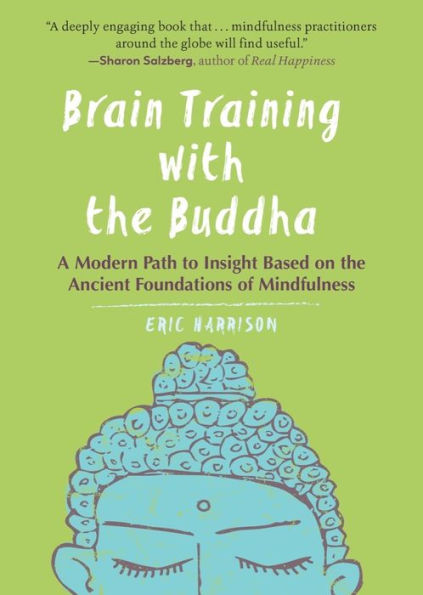Table of Contents
Introduction 1
Some Useful Terms 15
Part 1 The First Foundation: Mindfulness of the Body
1 The Standard Meditation Practice 19
2 Anxiety and the Overactive Mind 27
3 The Breath Meditation 34
4 The Miraculous Sigh 44
5 The Body Scan 50
6 Controlling Thought 63
7 Why Focus on the Body? 77
8 To Sit or Not to Sit 91
9 Mindful Action 101
10 A Journey into Open Monitoring 113
Part 2 The Satipatthana Sutta
11 An Overview of the Satipatthana Sutta 128
12 The Foundations of Mindfulness 133
13 The History of Translation 138
14 Sati: The Analysis of a Word 148
15 How the Sutta Works 165
Part 3 Other Foundations: Mindfulness of Emotion, Mindfulness of States of Mind, and Mindfulness of Thought
16 Emotion at the Atomic Level 179
17 Painful Emotion 193
18 States of Mind 202
19 Optimizing Emotion 216
20 Embodied Thought 232
21 Attention 246
22 Good Judgment 261
Part 4 Modern Applications of Mindfulness
23 The Scientific Evidence 277
24 The Story of Modern Mindfulness 288
25 The Modern Definition 299
26 Using the Language 308
Notes 315
References 322
Index 325
About the Author 330








